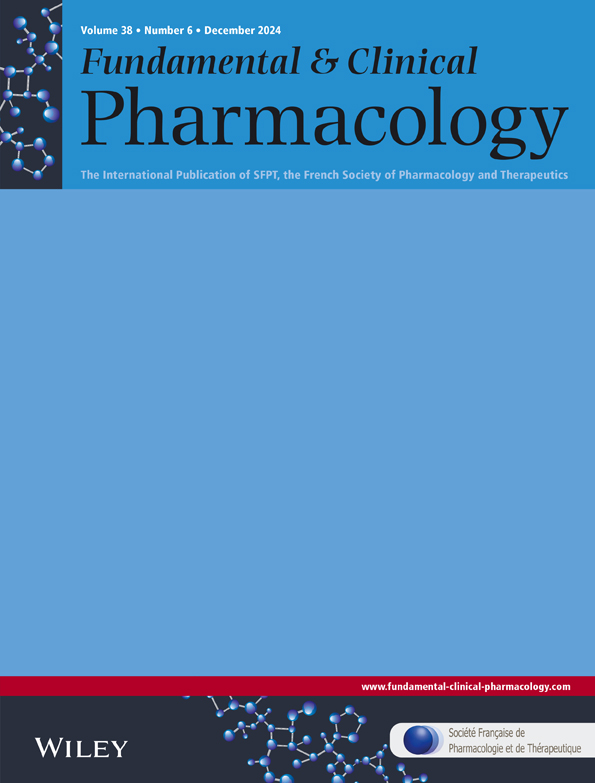Preclinical evidence of the anti-inflammatory effect and toxicological safety of aryl-cyclohexanone in vivo
Funding information: This work received support from the Coordination for the Improvement of Higher Education Personnel (CAPES) and EMD, a productivity fellow in technology development and innovative extension of the National Council for Scientific and Technological Development (CNPq).
Abstract
Background
Respiratory distress syndrome is a complex inflammatory condition defined by the presence of acute hypoxemia and cellular infiltration with diffuse alveolar injury following a tissue injury, such as acute lung injury. The inflammatory process involved in this pathology is a defense mechanism of the body against infectious agents and/or tissue injuries. However, when the condition is not reversed, it becomes a significant cause of tissue damage, sometimes leading to loss of function of the affected organ. Therefore, it is essential to understand the mechanisms underlying inflammation, as well as the development of new therapeutic agents that reduce inflammatory damage in these cases. Aryl-cyclohexanone derivatives have previously shown significant anti-inflammatory activity linked to an immunomodulatory capacity in vitro and may be good candidates for therapies in which inflammation plays a central role.
Methods
Was evaluated the anti-inflammatory capacity of a synthesized molecule aryl-cyclohexanone in the murine model of lipopolysaccharide (LPS)-induced acute lung injury. The assessment of acute oral toxicity follows the Organization for Economic Co-operation and Development (OECD) guideline 423.
Results
The results demonstrated that the studied molecule protects against LPS-induced inflammation. We observed a decrease in the migration of total and differential leukocytes to the bronchoalveolar lavage fluid (BALF), in addition to a reduction in exudation, myeloperoxidase (MPO) activity, nitric oxide metabolites, and the secretion of pro-inflammatory cytokines (alpha tumor necrosis factors [TNF-α], interleukin-6 [IL-6], interferon-gamma [IFN-γ], and monocyte chemoattractant protein-1 [MCP-1]). Finally, aryl cyclohexanone did not show signs of acute oral toxicity (OECD 423).
Conclusions
The results prove our hypothesis that aryl-cyclohexanone is a promising molecule for developing a new, safe anti-inflammatory drug.
CONFLICT OF INTEREST
The authors declare no conflicts of interest.
Open Research
DATA AVAILABILITY STATEMENT
The data used to support the findings of this study are included in the article.




